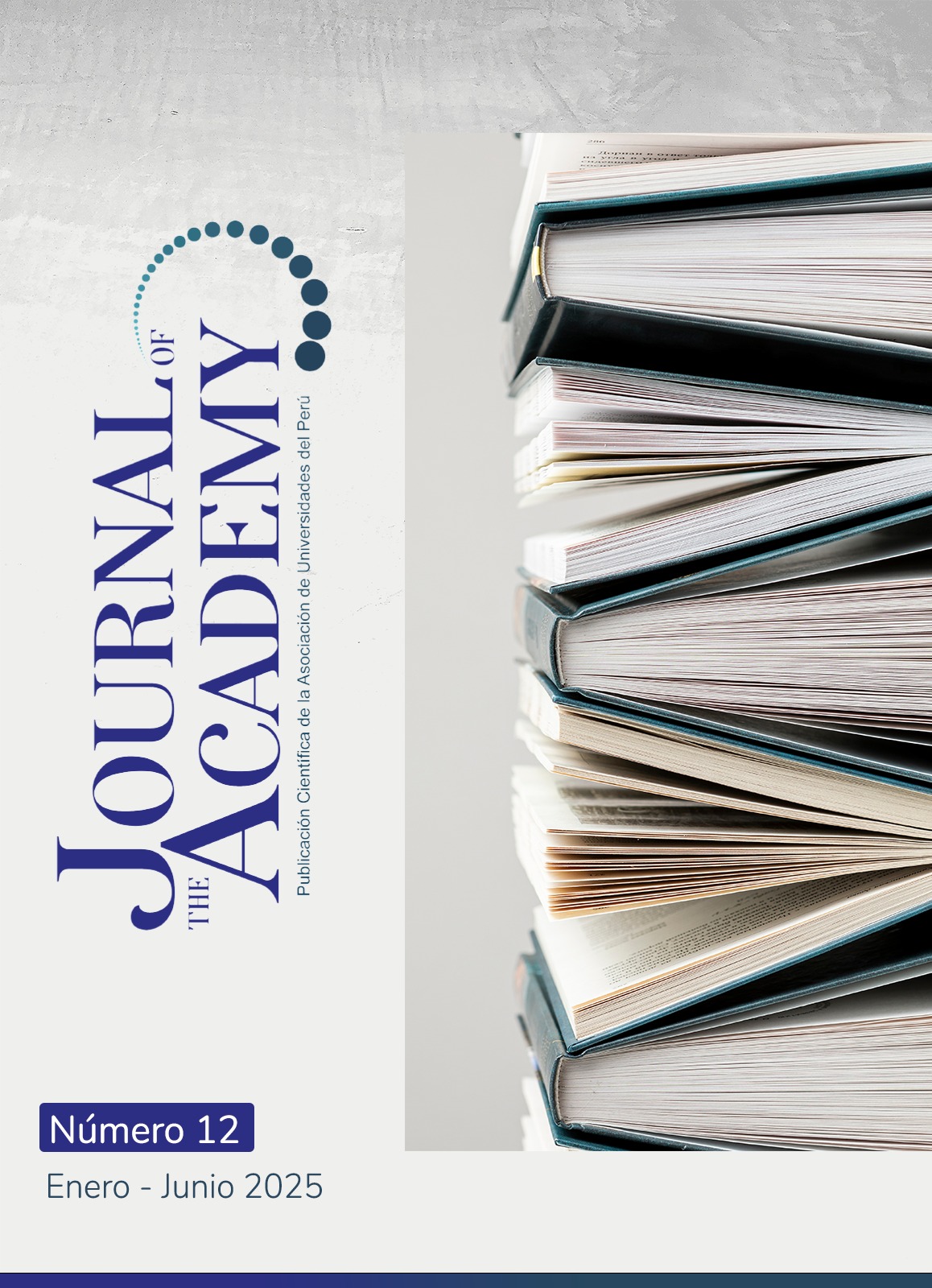Dumping calculation methodology in the footwear industry in Peru: a proposal to strengthen fair competition
DOI:
https://doi.org/10.47058/joa12.12Keywords:
dumping, international trade, economic policy, footwear industry, unfair completionAbstract
Dumping, a form of unfair trade, significantly impacts domestic industries by creating uneven competition. This study aims to design a dumping calculation methodology that incorporates significant market distortions to protect Peru’s footwear industry. Using both quantitative and qualitative methods, the research assessed dumping margins, antidumping measures, and economic indicators like employment and production. Results show the current anti-dumping methodology inadequately addresses market distortions, reducing its effectiveness. A 20% drop in formal employment and a 30% decline in national footwear production were linked to undervalued imports. Additionally, trade liberalization, without effective antidumping measures, exacerbated the problem. The findings highlight the need to enhance antidumping methodologies through adjustments in normal value calculations and stronger implementation to ensure fair competition and sustain Peru's footwear industry.
Downloads
References
Ciani, A. y Stiebale, J. (2024). Export performance under domestic anti-dumping protection. World Development, 183(106716). https://doi.org/10.1016/j.worlddev.2024.106716
Del Castillo, C. y Ventura J. (2021). Export performance in south America: Do intangibles affect firms’ performance in developing countries such as Peru? RAE Revista de Administração de Empresas, 61(2), 1-15. https://doi.org/10.1590/s0034-759020210205
Instituto Nacional de Estadística Informática (INEI). (2020). Comportamiento de los indicadores de mercado laboral a nivel nacional. Recuperado de: https://www.inei.gob.pe/media/MenuRecursivo/boletines/01-informe-tecnico-empleo-nacional-oct-nov-dic-2020.pdf
Lourenço, L., Silveira, D. y Oliveira, G. (2021). Medidas Antidumping e poder de mercado na América Latina. IPEA N°2651. https://repositorio.ipea.gov.br/bitstream/11058/10587/1/_TD%202651.pdf
Man Kim, S. (2022). Some critical issues on constructed normal value under the anti-Dumping Agreement. Global Trade and Customs Journal, 17(5), 202–211. https://doi.org/10.54648/gtcj2022027
Merdi?, A. y Hodži?, K. (2021). The impact of national competitiveness on the economic growth of European economies. Economy & Market Communication Review, 11(2), 373-388.
Nguyen, D., Sun, S. y Beg, A. (2019). How does FDI affect domestic firms’ wages? theory and evidence from Vietnam. Applied Economics, 51(49), 5311–5327. https://doi.org/10.1080/00036846.2019.1610717
Pribadi, A. K. y Gautama, T. (2023). Role of The WTO (World Trade Organization) To Limit Dumping Practice. Devotion: Journal of Research and Community Service, 4(2), 624-630.
Prusa, T. J. y Vermulst, E. A. (2019). United States – Certain Methodologies and Their Application to Anti-Dumping Proceedings Involving China: Nails in the coffin of unfair dumping margin calculation methodologies. World Trade Review, 18(2), 287–307. https://doi.org/10.1017/s1474745619000053
Rapsikevicius, J., Bruneckiene, J., Lukauskas, M. y Mikalonis, S. (2021). The impact of economic freedom on economic and environmental performance: Evidence from European countries. Sustainability, 13(4). https://doi.org/10.3390/su13042380
Rodríguez-Escobar, L. (2020). El tiempo social de las alianzas público privadas transnacionales en América Latina: un estudio de caso (2002-2010). Izquierdas, 49, 104-122. https://doi.org/10.4067/s0718-50492020000100207
Schiavo, S., Tomasi, C. y Zhu, M. (2021). Anti-dumping activities against China: patterns and effects. Economia política, 38, 7–30. https://doi.org/10.1007/s40888-020-00186-5
Serences, R. y Kozelova, D. (2021). Dumping – Unfair Trade Practice. The 20th International Scientific Conference Globalization and its Socio-Economic Consequences 2020. https://doi.org/10.1051/shsconf/20219206033
Silberberger, M., Slany, A., Soegaard, C. y Stender, F. (2022). The aftermath of anti-dumping: Are temporary trade barriers really temporary? Open Economies Review, 33(4), 677–704. https://doi.org/10.1007/s11079-021-09639-1
Suarez-Rivadeneira, J., Suarez-Chavarry, E., Ruiz-Camacho, W., Paredes-Carranza, J., Saldaña-Sánchez, D. y Manayay, F. (2024). Evaluation of municipal solid waste (MSW) generation rates: A case study in the district of Cumba, Northern Peru. Journal of Infrastructure Policy and Development, 8(11). https://doi.org/10.24294/jipd.v8i11.8738
Tansa Amalia, L., Luna Widyawati, R., Kusuma, A. y Nurwachidah Rosyadi, A. (2024). Dumping Practices on Market Balance: A Review of Business Competition in E-Commerce. Journal of Law, Politic and Humanities 4(3),172-719. https://doi.org/10.38035/jlph.v4i3.330
Van Vaerenbergh, P. y Reinhold, P. (2021). Significant Distortions under article 2(6a) BADR: Three years of commission practice. Global Trade and Customs Journal, 16(5), 193–202. https://doi.org/10.54648/gtcj2021021
Wang, J. y Choi, C. H. (2021). Issues on particular market situation to calculate dumping margin of Korean steel products by the USA. Journal of Korea Trade, 25(1), 89–111. https://doi.org/10.35611/jkt.2021.25.1.89
Wang, X., Liu, Z., Lv, Y. y Zhao, C. (2019). Trade barriers and participation in the global value chain: An empirical study based on anti?dumping toward China. China & World Economy, 27(2), 86–106. https://doi.org/10.1111/cwe.12276
Yustiawan, D. (2020). Perlindungan industri dalam negeri dari praktik dumping. Journal Análisis Hukum, 1(1), 170-186. https://doi.org/10.38043/jah.v1i1.250
Zhang, X., Sun, C., Gordon, J., Li, C. y Munn, I. A. (2020). Antidumping duty investigations and decisions in the global forest products industry. Forest Science, 66(6), 666–677. https://doi.org/10.1093/forsci/fxaa022
Zhou, W. y Peng, D. (2021). Australia—anti-Dumping Measures on A4 Copy Paper. The American Journal of International Law, 115(1), 94–101. https://doi.org/10.1017/ajil.2020.93
Published
Issue
Section
License
Copyright (c) 2025 Miriam Cavero-Guevara

This work is licensed under a Creative Commons Attribution-NonCommercial-ShareAlike 4.0 International License.



